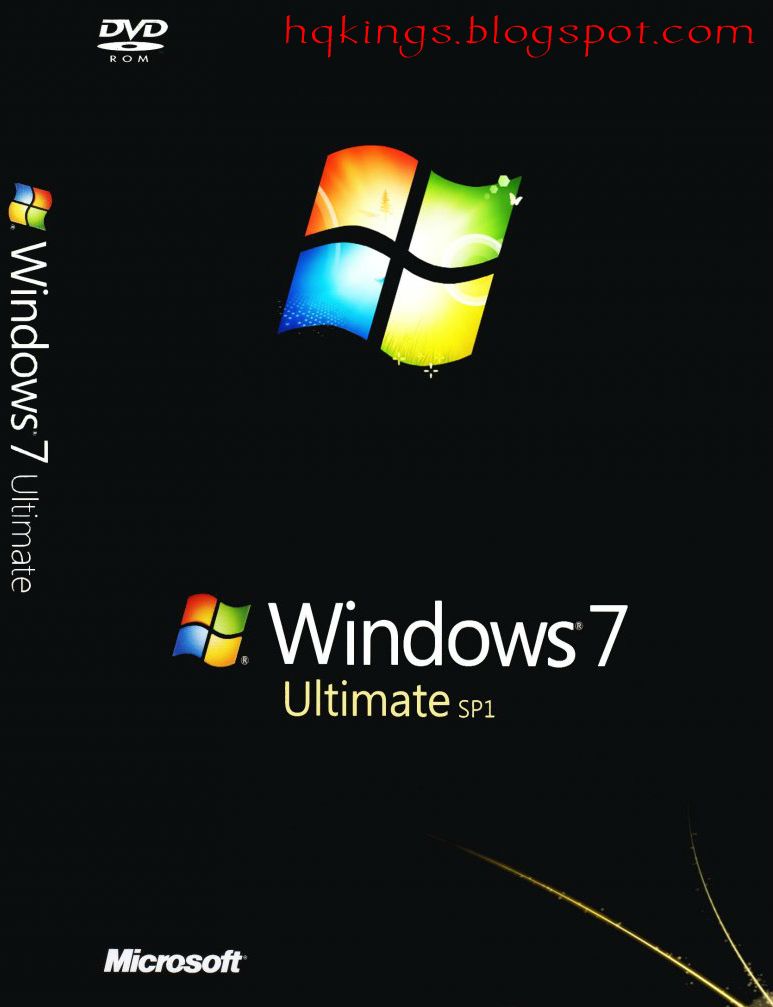
you can expect to spend a ridiculous amount of time applying patches that came post-SP1. "While we've spent a lot of time over the past year talking about Windows 10 (including new roadmap details), we know that organizations are still working with Windows 7 too, regularly updating their Windows 7 SP1 images to include the latest updates, app versions, and more. Microsoft announced a 'convenience rollup' for Windows 7 Service Pack 1 and Windows Server 2008 R2.

Well, this time, Microsoft was listening: In the list of hardware categories, look for the device that you want to update, and then right-click on it to Uninstall. The first update pack for Windows 7 is now. If the issue persists, then try to uninstall and re-install the Display adapter drivers. Install the first Service Pack for Windows 7.

Painful and time-wasting, the process left many users screaming for an all-inclusive package to take care of business. Download the latest version of Windows 7 SP1 64 bits for Windows. But those that have will immediately recall restarting their computer multiple times, while Windows Update downloads and installs over half a decade's worth of security and non-security patches to bring your new installation up to date. Have you installed Windows 7 recently? Probably not you've only just got to grips with Windows 10. Let's take a quick look at why you might want to install the update, and where you'll find it when the time comes. So the choice, this time, really is entirely yours.

This service pack is an update to Windows 7 and to Windows Server 2008. Adding to their kindness, this "convenience update is completely optional," and won't even appear in the standard Windows Update offerings. Service Pack 1 (SP1) for Windows 7 and for Windows Server 2008 R2 is now available.


 0 kommentar(er)
0 kommentar(er)
